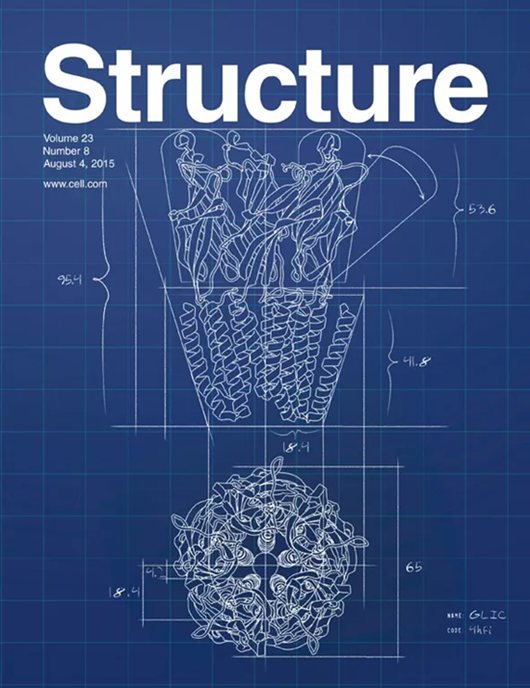ATP binding controls the molecular function of bacterial MutS2 by mediating closure of the dimeric clamp structure
IF 4.4
2区 生物学
Q2 BIOCHEMISTRY & MOLECULAR BIOLOGY
引用次数: 0
Abstract
MutS2 recognizes branched DNA structures to regulate homologous recombination. MutS2 also has a role in ribosome recycling, where it resolves collided ribosomes. These functions require ATP-dependent conformational changes of MutS2. In the known nucleotide-free and ADP-bound MutS2 structures the dimeric clamp-like structure adopts open conformations. Here, we present the crystal structure of MutS2 with a bound ATP analog revealing a closed conformation of the clamp. Experiments with MutS2, where an unnatural photo-crosslinking capable amino acid was introduced into the clamp revealed that ATP-dependent closure also occurs in solution. Binding of MutS2 to a terminal-containing DNA was not affected by ATP, whereas that to a terminal-less DNA was reinforced. These findings suggest that clamp closure enables MutS2 to stay bound to recombination intermediates, which might regulate recombination. Furthermore, closure of the clamp provides insights into the mechanism of dissociation of collided ribosomes mediated by MutS2.

求助全文
约1分钟内获得全文
求助全文
来源期刊

Structure
生物-生化与分子生物学
CiteScore
8.90
自引率
1.80%
发文量
155
审稿时长
3-8 weeks
期刊介绍:
Structure aims to publish papers of exceptional interest in the field of structural biology. The journal strives to be essential reading for structural biologists, as well as biologists and biochemists that are interested in macromolecular structure and function. Structure strongly encourages the submission of manuscripts that present structural and molecular insights into biological function and mechanism. Other reports that address fundamental questions in structural biology, such as structure-based examinations of protein evolution, folding, and/or design, will also be considered. We will consider the application of any method, experimental or computational, at high or low resolution, to conduct structural investigations, as long as the method is appropriate for the biological, functional, and mechanistic question(s) being addressed. Likewise, reports describing single-molecule analysis of biological mechanisms are welcome.
In general, the editors encourage submission of experimental structural studies that are enriched by an analysis of structure-activity relationships and will not consider studies that solely report structural information unless the structure or analysis is of exceptional and broad interest. Studies reporting only homology models, de novo models, or molecular dynamics simulations are also discouraged unless the models are informed by or validated by novel experimental data; rationalization of a large body of existing experimental evidence and making testable predictions based on a model or simulation is often not considered sufficient.
 求助内容:
求助内容: 应助结果提醒方式:
应助结果提醒方式:


